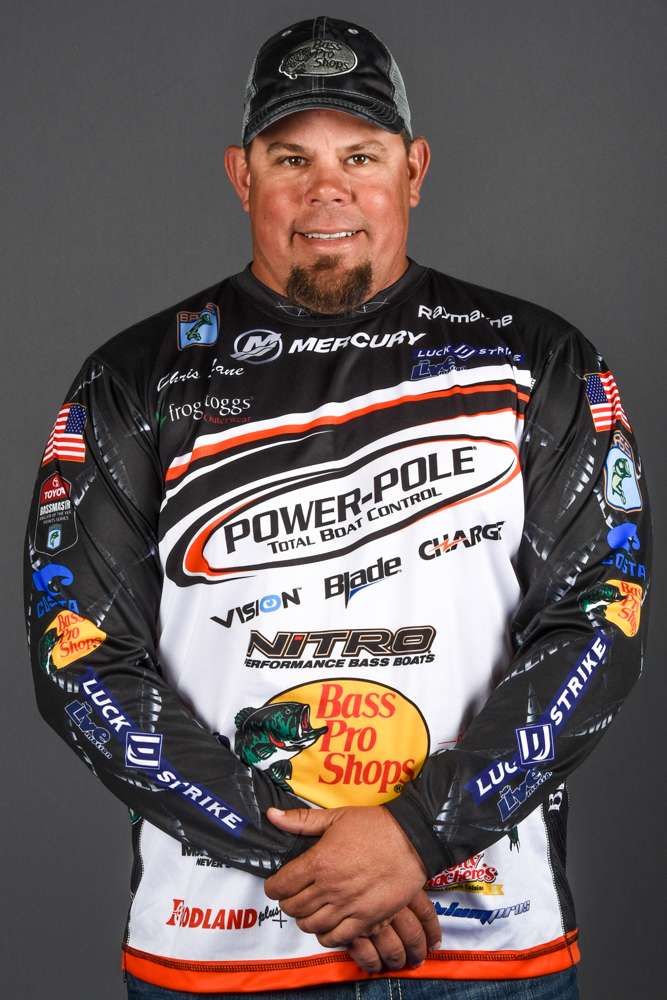Before we talk about fishing, Holly and I want to express our support for the people in Oklahoma, and the other states, who have been hit by all those tornadoes. Those people don’t seem to be able to get a break.
Things did seem to calm down a bit over the weekend, however. Let’s hope everything’s back to normal in the near future. I’m talking about the weather. It’ll be years before the communities are back to normal, if they ever are.
I’m in Bentonville, Ark., playing golf with my brothers. We’re waiting for my sister’s plane to arrive this evening (Tuesday). Then we all have to get together and get ready for a business meeting tomorrow. I’ll talk more about that some other time.
For right now, let’s talk about what to do once the shad spawn starts to slow down and the shallow bite isn’t so good.
The first thing is that you shouldn’t give up too quickly. Even if most of the shad are gone, there’ll still be a few bass around that you can catch. Do the same things we talked about last week but make sure you get out on the water early. That’s more important than ever as things wind down. I don’t know why but the shad spawn bite is at its best at first light.
But if it’s over, there’s nothing you can do except move out towards deeper water with the bass. The thing is, though, they don’t all do it at the same time and they don’t go all the way out in one movement. They mostly move in stages and they almost always stop at the first break. That’s a great place to catch them. They’re still feeding and they’ve had a lot of time to recover from their spawn.
My most productive bait at this time of the year is a Luck “E” Strike crankbait. Exactly which one depends upon the conditions you’re facing. For starters, I want one that will get down to the bottom on the break. That depth varies from place to place so your bait choice will vary from place to place. Just remember that you want your bait to hit the bottom from time to time during the retrieve.
Another thing is that you want your crankbait to match the local forage — in size as well as in color. In many lakes that’ll be shad but that’s not always the case. Make sure you know what they’re eating. Until you know that there’s no way you can pick the most effective lure. Anything you grab will just be a guess, and that’s not the way to catch bass.
You want to slow down your presentation, too. It doesn’t have to be real slow but it should be slower than what you were doing when you were up shallow working the shad spawn. And make sure the bass see your bait from several different directions. Sometimes that’ll make a big difference.
Now, go out there and catch some of them!





